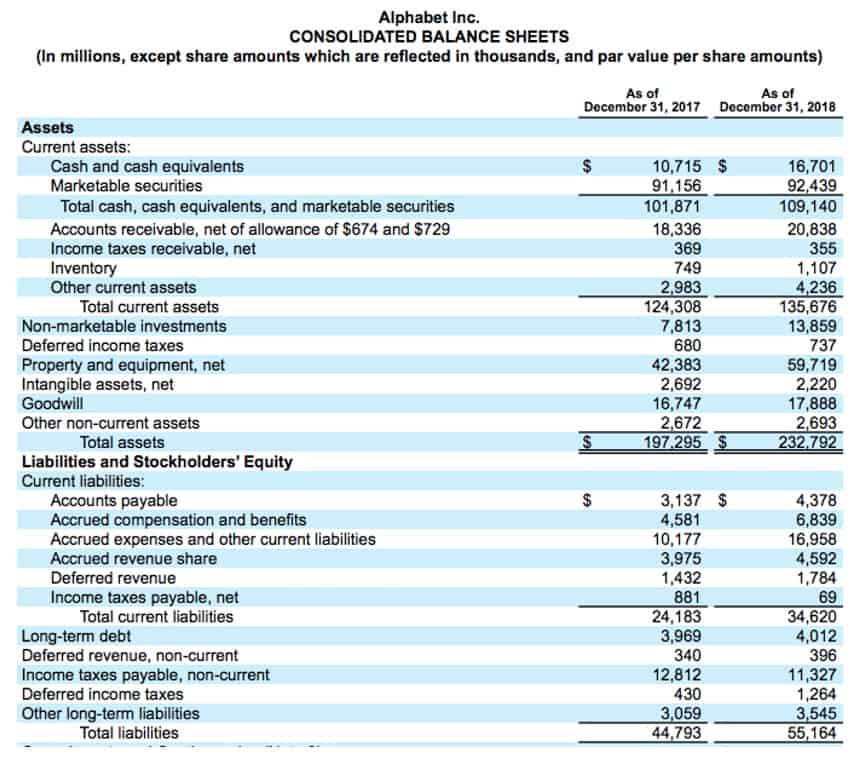
Xero, Sage Business Accounting, and Zoho Books have stellar reports at a lower starting price than QuickBooks. And if you want straightforward finance tracking without in-depth analytics, Wave Accounting can help you with the basics. And while Zoho Books does a great job of tackling all things invoice, you’ll get an even better deal by adding Zoho Invoice to your Zoho Books plan. Zoho Invoice is completely free for life, so whether you end up trying Zoho Books or not, we definitely recommend giving Zoho Invoice a look. You will likely want to establish a business banking account and credit card.
- Because the funds are accounted for in the bookkeeping, you use the data to determine growth.
- During a trial, small business owners get access to all FreshBooks features except Advanced Payments (like FreshBooks invoicing, time tracking, and expensing).
- Increasingly complex automation of repetitive or tedious accounting tasks has set some accounting software platforms apart from the crowd — and business owners want more of it.
- Notable features NetSuite’s accounting software offers include automations, domestic and global tax management tools, a comprehensive payment management solution and NetSuite product integrations.
- You survived the worst of the COVID-19 pandemic only to be slammed with crippling supply chain issues.
- You want your business name to reflect you as a person and the type of services you provide.
An accounting method

We also have a massive help center that has answers to just about every question we’ve ever been asked by our customers. Build an integration, use our API, or grow your business with our Accounting Program. Or reap the rewards of our Affiliate and Referral programs – look no further for your next growth opportunity. Empower your staff to help grow your business and build lasting client relationships.

For Businesses With Contractors
Its commitment to the evolving demands of modern businesses is evident through the optional cloud app, AccountEdge Connect. This app provides remote accounting capabilities without compromising the foundational features of the desktop software. In addition, the AccountEdge Hosted option provides remote access from any device, offering flexibility to businesses. FreshBooks offers key features small businesses need to manage their accounting requirements, including invoicing, tax management, reporting and time tracking tools. The best accounting software tools have a wide range of features and different recommended plans based on your number of employees.
Handle accounts receivable and payable
Several of those additional services — including job costing, project profitability tracking and inventory management — lend themselves well to businesses that work largely on a project basis. Bench offers some valuable premium services, such as income tax filing, and add-ons, and it falls on the lower end of the pricing spectrum for online bookkeeping services. Bench uses its own accounting product, however, and doesn’t integrate with popular accounting software, which could make for a trickier software transition down the line if you outgrow Bench. Bookkeeper360 stands out among some of its competitors by offering bookkeeping services for both cash basis and accrual basis accounting, plus it integrates with popular accounting software. The company offers a range of plans based on which accounting method you use and how often you wish to receive reports and updates. OneUp earns a 3.7 out of five-star rating on Capterra with six user reviews and 4.1 stars on G2 with 20 reviews.
- These expenses that haven’t been paid yet are categorized as accounts payable.
- If you’re not using software, you should consider setting a time each month to make payments and the payment method used.
- By employing this methodology, we were able to objectively analyze competitors based on their merits in these vital categories.
- It serves as a road map to ensure you correctly record and report all necessary financial transactions are recorded and reported correctly.
- Creating a website doesn’t take long, either—you can have one done in as little as a weekend.
Advanced Payments lets your small business accept credit cards online and accept payments like bank transfers, payments over the phone, and invoice-free payments with Checkout Links. Wave invoices are integrated with our free accounting software, so payments are recorded and categorized for you – which means less bookkeeping and tax season prep. Most accounting software is web-based, so all you’ll have to do is log in to the online portal in order to access it. You may have to install an accompanying app on your phone if one is available. This will involve going to the Google Play Store or Apple App Store (depending on your phone), and downloading the app like you would any other app.

The cost of bookkeeping services can vary depending on the size of your business and the features you need. Some bookkeeping services charge a monthly fee while others charge by the hour. You can find services for as little as $20 per month while others run thousands per month. When you have a Small Business Plus small business bookkeeping plan or higher, you get unlimited online support. All plans come with onboarding, a dedicated bookkeeper and account manager, reconciliation at month-end, balance sheet, P&L, statement of cash flows and a portal with document storage. Higher-tiered plans unlock more transactions and a more frequent service level.


